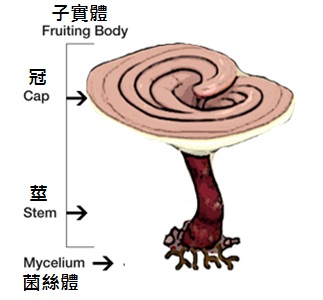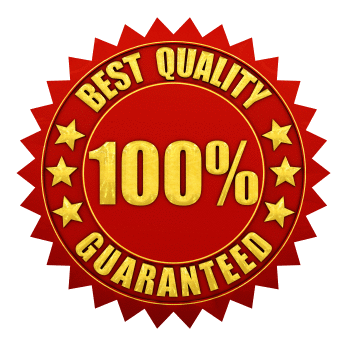Medicinal Mushroom
Medicinal Mushroom
Historically, the larger fungi, the mushrooms, have had a long and successful medicinal use especially in traditional Chinese clinical medicine for many forms of immune disorders (such as critical diseases and autoimmune diseases). Chinese Pharmacopeias document the use of over 100 species of mushroom by practitioners of traditional Chinese medicine. Many of these mushroom-derived medicinal products are now produced by major Japanese, Korean and Chinese companies, by which the Japanese has the longest history and richest experience in mushroom cultivation and development.
Mushroom - Fruiting Body, Mycelium and Spores - What are the differences?
Studies have shown that mycelium and spore-based mushroom products do not contain all of the chemical constituents that are found in fruiting body. In fact, the most unique and identifiable ingredient, ganoderic acids, can only be found in the fruiting body of mature mushroom. In the history of Traditional Chinese Medicine, mycelium and spores were discarded for extraction. Besides, the spores are rich in oil that are highly sensitive and susceptible to oxidation and creating toxic residues.
Historically, the larger fungi, the mushrooms, have had a long and successful medicinal use especially in traditional Chinese clinical medicine for many forms of immune disorders (such as critical diseases and autoimmune diseases). Chinese Pharmacopeias document the use of over 100 species of mushroom by practitioners of traditional Chinese medicine. Many of these mushroom-derived medicinal products are now produced by major Japanese, Korean and Chinese companies, by which the Japanese has the longest history and richest experience in mushroom cultivation and development.
Below are 4 mushroom that are of high therapeutic value, click to learn more:
Mushroom - Fruiting Body, Mycelium and Spores - What are the differences?
|
Take Ganoderma lucidum (Reishi) for an example, it can be basically divided into 2 parts: Fruiting body and Mycelium. Only the fruiting body of fully mature reishi contains all of the phytonutrients such as ganoderic acids (a type of triterpenoids), beta-glucans, and amino acids that make it effective.
|
 |

